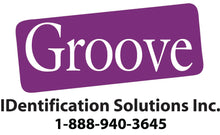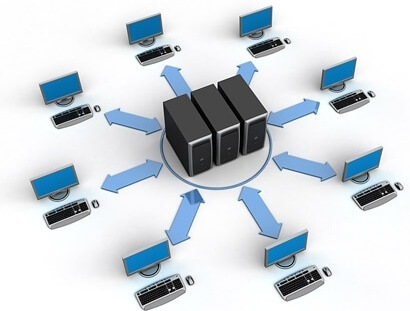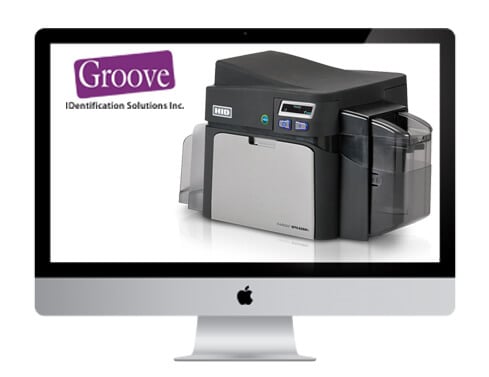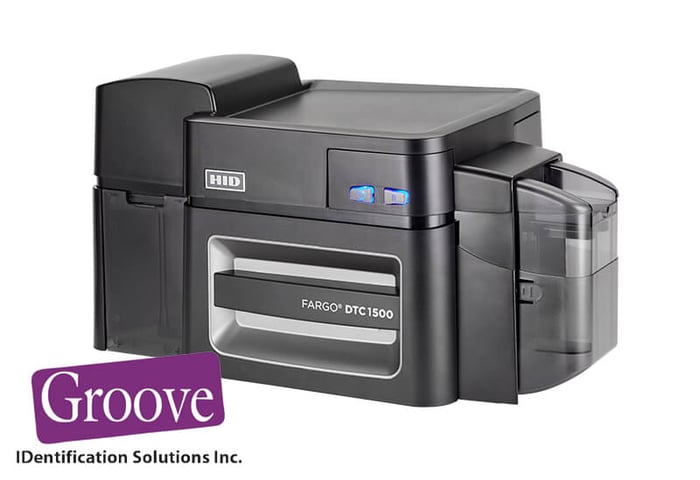Networking ID Card Printers in the Workplace
In today’s office environment, it seems like everything is connected. Whether it’s to the Local Area Network (LAN) or to the Internet of Things (IoT), the trend is toward network connectivity. However, this interconnectedness can also pose problems when it comes to your access card program.
If your setup only uses one computer to manage the printer, things are straightforward. ID card printers usually come with a USB cable. You simply plug this cable into the dedicated computer and you’re good to go.
The computer’s password protection is all you need to ensure unauthorized people can’t access the printer and produce a counterfeit ID badge. This is an ideal arrangement for your reception or registration station. It can also support any other application where you connect a dedicated computer to the card printer.
However, in a larger facility, you may need to authorize multiple staff members to print cards from different workstations. USB doesn’t support that functionality. For that installation, you’ll need to use an Ethernet connection.
Ethernet is the Network Standard for ID Card Printers
Ethernet is the network standard that most ID card printers support. It’s also far and away the most common networking standard in business environments.
Most card printers need a simple hardware upgrade to work with ethernet, although a few advanced models come with ethernet connections out of the box. Ethernet connections use one or more routers to direct traffic on the network. At most facilities, your IT department will be able to add your card printer to an existing router and deliver the multiple access you need.
Security and Software
When we think about card printers and security, we tend to consider things like watermarks and chip technology on the cards. We don’t always think through the process of securing access to the printer itself.
With Ethernet, your badge printer becomes an independent device on the LAN. That means you’ll need to set up standard password protection for it. Otherwise, any network user would be able to print an ID card.
Having multiple users also raises the question of what each user should be authorized to see and do on the system. You may also want to customize the user experience for different categories of system users.
To get this done, you’ll need multi-user photo ID software. It enables you to set up individual user profiles, customize permissions, and restrict user access to specific functions related to your staff’s job duties.
Standalone or Networked ID Card Printer?
Whether to work with a standalone or networked badge printer can start to feel complicated when you consider all the variables. Of course, our team at Groove Identification Solutions is always available to support you and ensure you’re making the best possible choice for your facility.
We can work with you to find the ideal badge printing technologies to meet your needs. We’re happy to review your options and help you choose between a standalone and a network solution or explain how to upgrade your existing hardware.
If you’re planning an Ethernet ID card printing system or have one in place, we’d love to hear about your card printing experiences or answer any questions you may have.
Please share your thoughts in the comments section below. By sharing information, we can all make our facilities safer.






